What is the difference between the old rite and the new rite of the Russian Orthodox Church?
Through the rites of the Church -- that is, by the various external actions such as bows, singing, and the making of the sign of the Cross, the Church expresses its belief in Jesus Christ and glorifies Him and the saints, and nourishes the spiritual life of the people. There are undoubtedly many ways of expressing the same thing, and the Church of Christ has a treasury of beautiful rituals which express its Orthodox Faith in a variety of ways.
When we speak of the "New" and "Old" rites, we are speaking of a phenomenon of the Russian Orthodox Church that originated in the 17th century due to the reforms of Patriarch Nikon. The revised rites he introduced conformed more or less to of almost all the other national Orthodox Churches, but it differed considerably from the ancient practices of the Russian Church. Many factors, not the least of which were the Patriarch's powerful personality and manner of enforcing the new rites, created a great schism in the Russian Church which has not effectively been healed to this day.
Some of the many differences in the rites which have been explosive in the past are: the making of the sign of the Cross, the number of loaves used at the Eucharist, unison vs. harmony singing, the shape of the bishop's staff, the number of prostrations and bows to be made during the services, the manner of icon-painting, the singing of Alleluia, and many others.
Our parishioners realize that although the rites of the Church express its dogmas and are not to be treated lightly, the rites themselves are a means to an end, not dogmas in themselves, and the exact same dogma can be expressed in many ways. Although we love and cherish the old rites of the Russian Church, we do not reject those who practice the new ones, and they in turn have shown much interest and respect for our customs. The pitiful misunderstandings and persecutions of former years have now been replaced with a realization that the Orthodox Church has a precious and sacred treasure in its many beautiful ancient rites.
